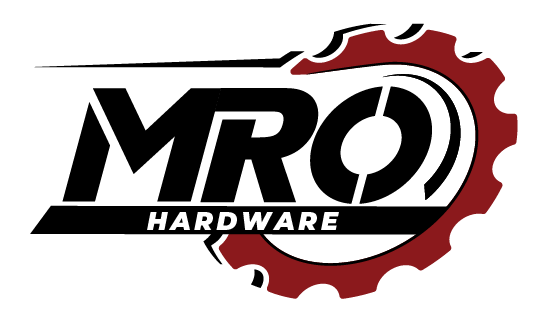Choosing the right hinge is crucial for ensuring smooth operation, durability, and security in various applications, including doors, cabinets, industrial enclosures, and machinery. With many hinge types available, selecting the correct one depends on factors like weight, material, range of motion, and installation environment. This guide will help you determine the best hinge for your needs.
Key Factors in Selecting the Right Hinge
Load Capacity and Weight
The weight of the door, lid, or panel you are attaching determines the hinge type and size.
- Lightweight Applications: Cabinet doors, small enclosures, and furniture can use standard butt or concealed hinges.
- Heavy-Duty Applications: Industrial machinery, gates, or heavy steel doors require robust hinges like continuous, pivot, or strap hinges.
Hinge Material
Hinge materials must be compatible with the environment to ensure longevity and durability.
- Stainless Steel: Ideal for outdoor, marine, and industrial environments due to its rust and corrosion resistance.
- Brass: Commonly used for decorative applications due to its aesthetic appeal and resistance to tarnish.
- Aluminum: Lightweight and corrosion-resistant, suitable for aerospace and lightweight machinery.
- Plastic or Polymer Hinges: Used in applications where weight is a concern and corrosion resistance is essential.
Range of Motion
Different hinges allow for varying degrees of movement.
- Standard Butt Hinges: Typically provide a 180-degree opening.
- Pivot Hinges: Allow for smooth, concealed motion, commonly used in hidden doors or cabinets.
- Continuous (Piano) Hinges: Distribute weight evenly along the entire length of the door for added support.
- Spring Hinges: Provide automatic closing features, useful for doors requiring self-closing mechanisms.
Mounting and Installation
The mounting method affects the hinge’s functionality and strength.
- Surface-Mount Hinges: Installed on the exterior, easy to install and replace.
- Mortise Hinges: Embedded into the surface, offering a cleaner look and increased stability.
- Weld-On Hinges: Used for metal gates, doors, and heavy-duty industrial applications requiring maximum strength.
Specialty Hinges
- Concealed Hinges: Used in modern cabinetry and furniture for a seamless design.
- Friction Hinges: Maintain a set position without additional hardware, ideal for electronics and display panels.
- Detachable Hinges: Allow for quick removal of doors or panels when frequent access is needed.
Conclusion
Selecting the right hinge requires considering load capacity, material, range of motion, mounting method, and specific application needs. Whether for furniture, industrial equipment, or specialized applications, the correct hinge ensures durability, functionality, and ease of use. By evaluating these factors carefully, you can choose a hinge that provides long-lasting performance and meets your project’s exact requirements.

